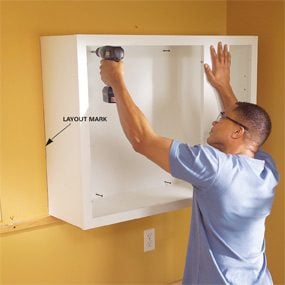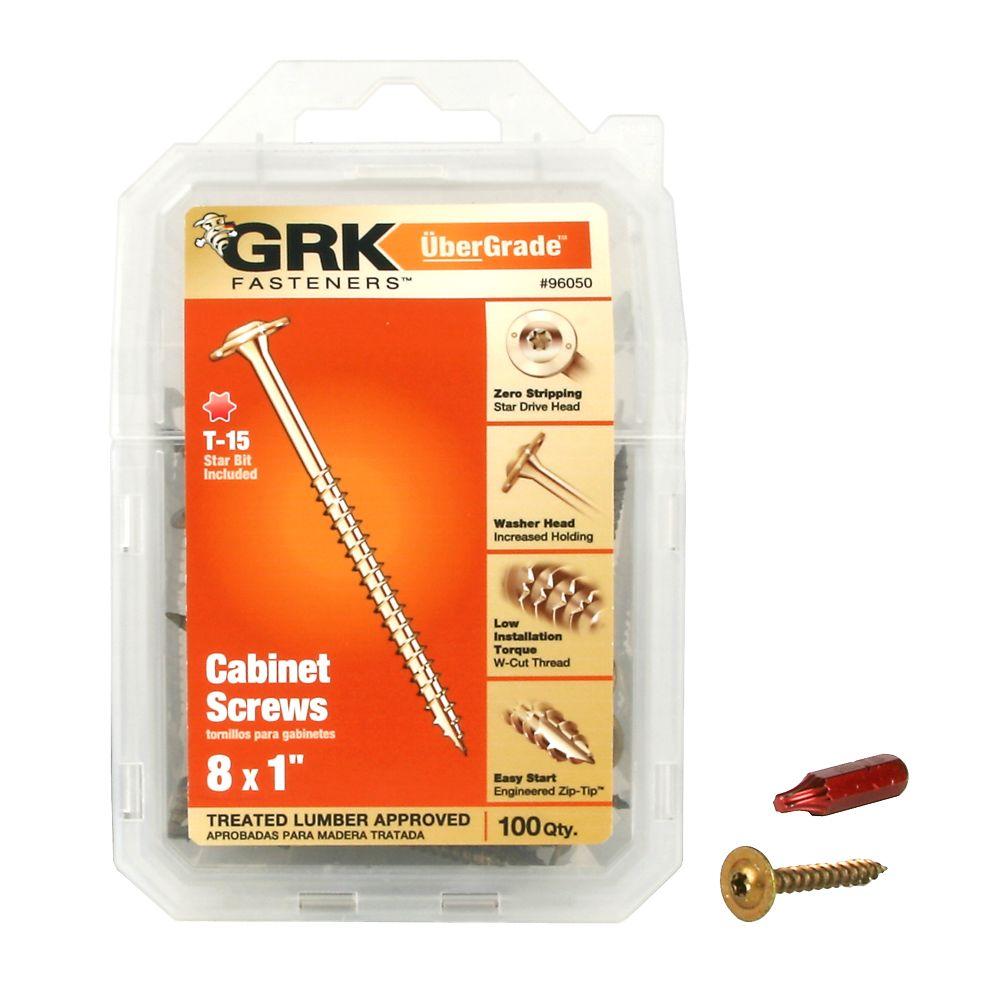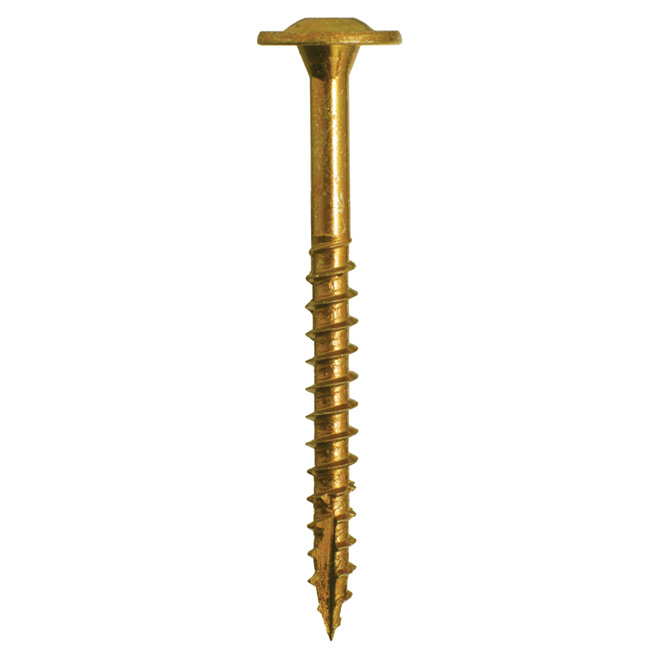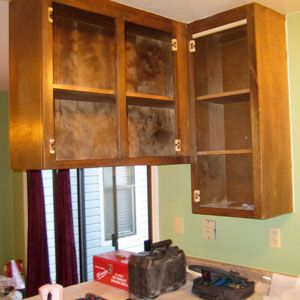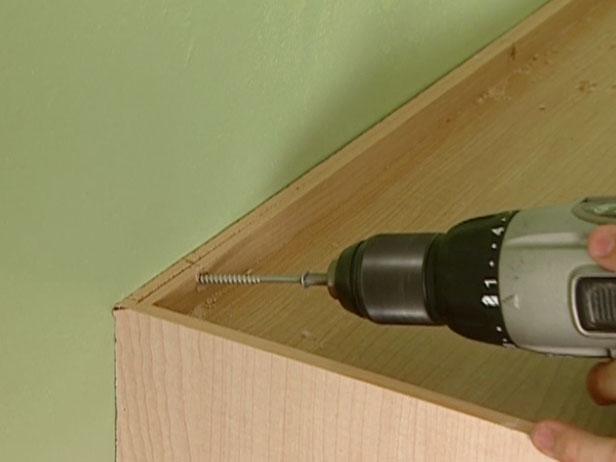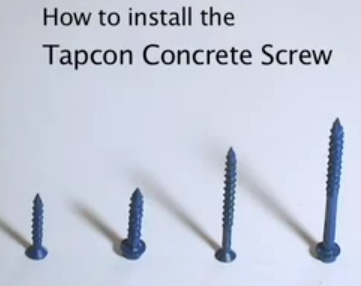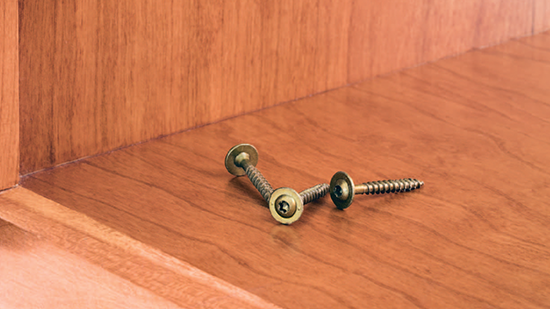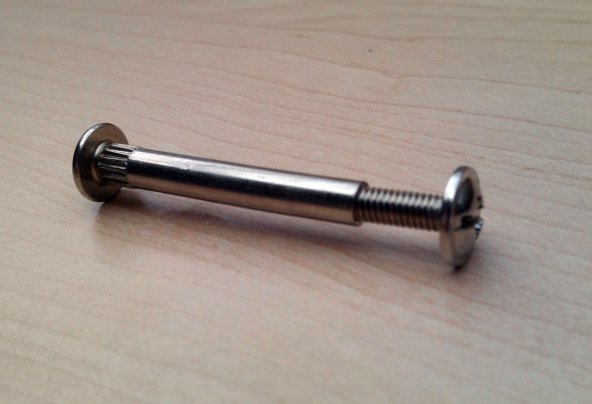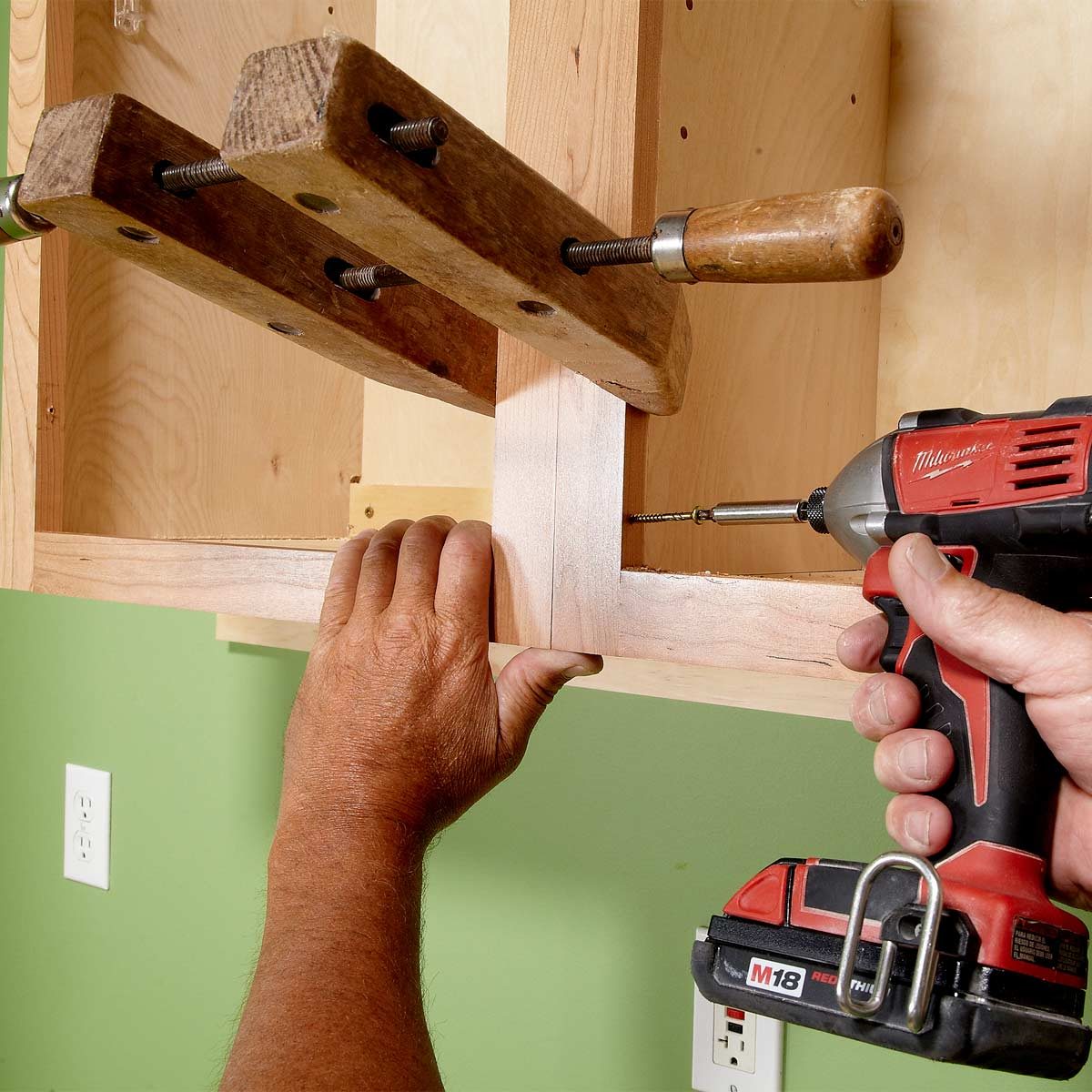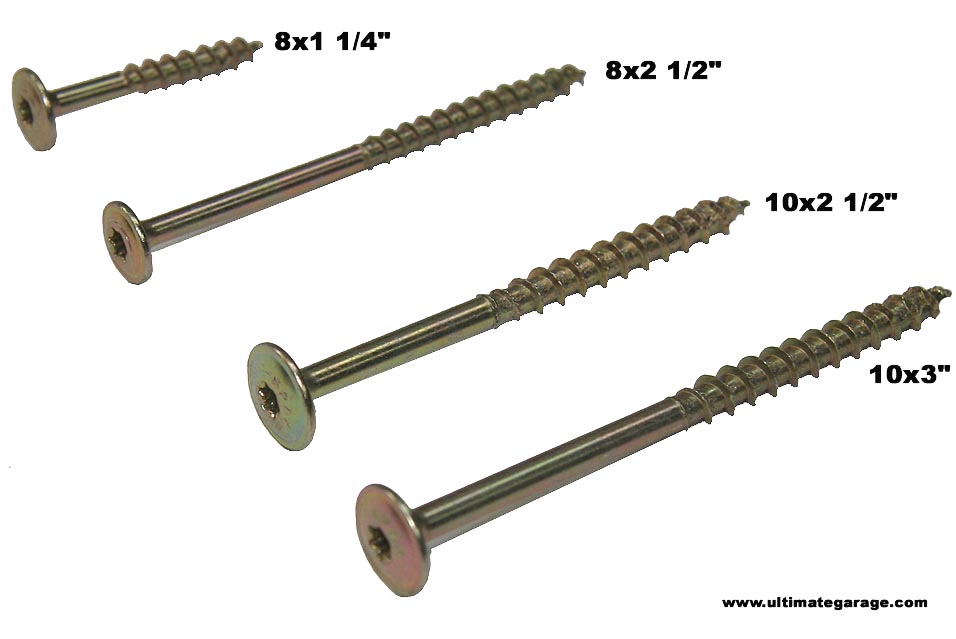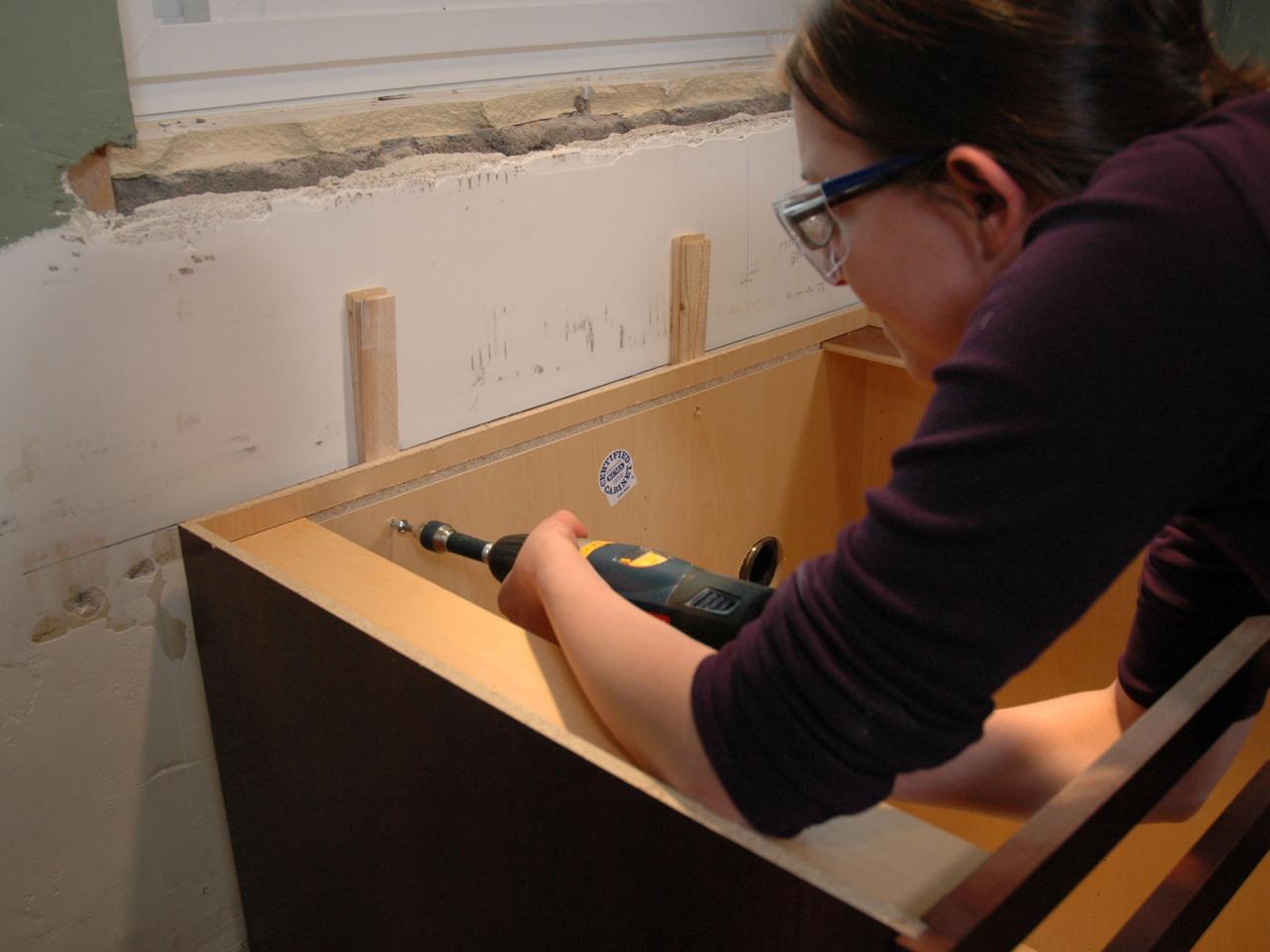Screws For Installing Cabinets
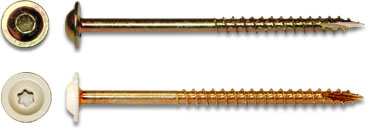
Drill and countersink two holes in each of the mounting rails inside the cabinet and drive 2 1 2 inch cabinet screws through the holes.
Screws for installing cabinets. Secure upper cabinets to wall studs and adjacent cabinets with cabinet screws. Back out an installation screw insert the shim until the cabinet is plumb and drive in the screw. Screw the cabinet to the wall. Start with the corner cabinet or leftmost cabinet if you re not installing in a corner.
Next predrill and secure the two cabinets together at the stile with the screws image 1. Affix one screw on the top and bottom in the front and back where the two cabinets meet. It s easier to hang the uppers when you re not hanging way over the base cabinets. Shim the cabinets if necessary.
Screw a horizontal metal plate with thickness of 2 mm and height of 100 mm between two studs and use a self drilling screw to install the cabinets. Each wall unit should have 2 screws at the top and 2 screws at the bottom. Place the cabinet on the screws or ledger. In most kitchens cabinets are attached with screws through either the drywall or plaster into the wood stud behind.
An installer will first locate the stud mark the cabinet for the screw location and then lift the cabinet in place and install the screw. If the cabinet isn t plumb slip shims between the cabinet and wall at the stud lines and adjust as necessary. Line it up with the studs then fasten it in place with 3 in 7 6 cm cabinet screws in each hole. Check to make sure the cabinet is level front to back.
By roy berendsohn apr 6 2012. Place first lower cabinet at the location of the highest point in the floor using shims a level. When all cabinets are plumb trim off the shims. Install shims behind the cabinet at the bottom or top as indicated until the cabinet is plumb and the proper distance from the reference line.
To further secure it repeat the same at the bottom. Lift the cabinets onto the ledger board and check for plumb and level. Start with the upper cabinets.



